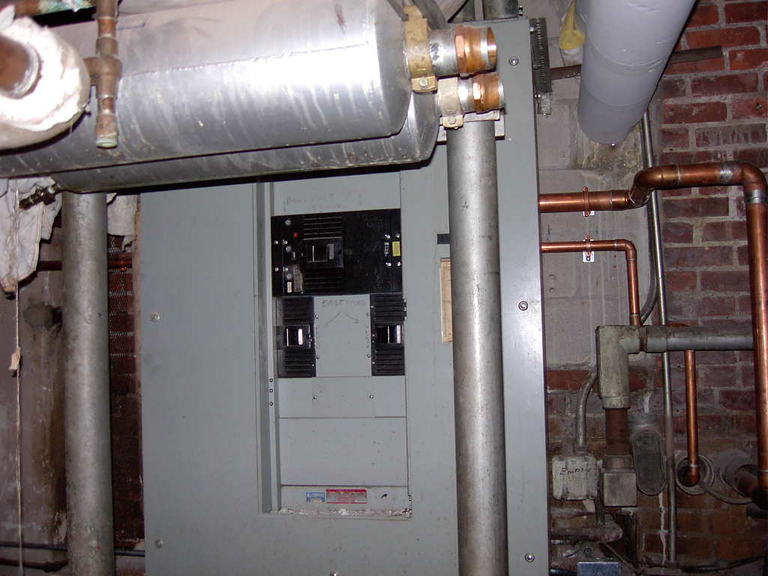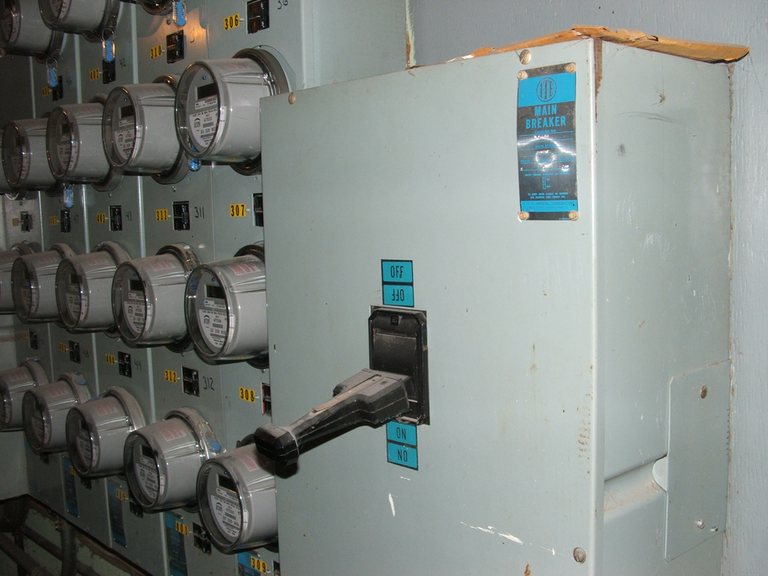Confluence Electrical Solutions is pleased to announce the award for the High Voltage Procurement Contract for Barbuda Ocean Club Infrastructure Project. With an upcoming start date of August 2021.
Confluence Electrical Solutions will be supplying the High Voltage Equipment to BlueFin Construction LTD who is the Infrastructure Contractor for the Barbuda Ocean Club. BlueFin Construction LTD, is based in St John’s, Antigua, specializing in general contracting services.
#Confluenceelectricalsolutions #Caribbean #electricalcontractor #electrical #construction #procurement #projects

















